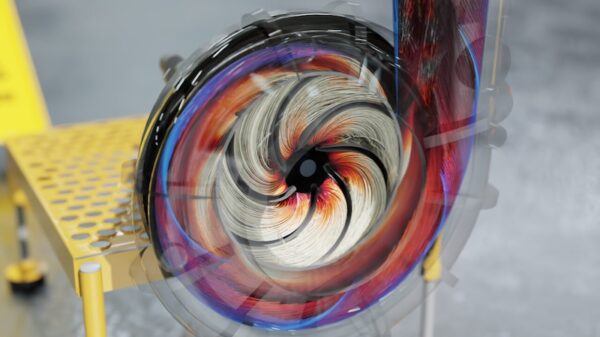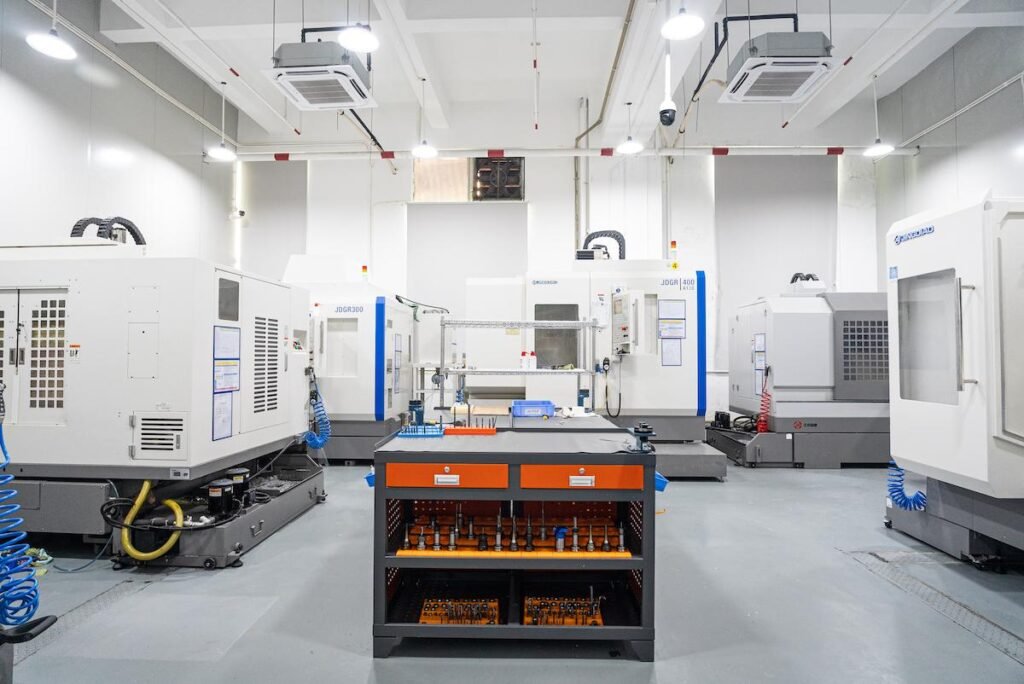The integration of digital twin technology into aluminum manufacturing is reshaping production processes in smart factories. Digital twins create real-time digital replicas of physical processes, enabling manufacturers to simulate, monitor, and optimize workflows effectively. This innovation not only enhances precision and throughput but also improves lifecycle management in aluminum fabrication.
Transforming Aluminum Fabrication
Digital twins serve as active, information-driven models that continuously update to reflect their physical counterparts. In aluminum fabrication, these models encompass not only the three-dimensional geometry of parts but also critical process parameters, machine conditions, tool wear models, and quality inspection outputs. By recording tool paths, feed rates, spindle loads, and thermal expansions, digital twins facilitate predictive control through dynamic data utilization.
A high-fidelity digital twin integrates three key layers: Computer Numerical Control (CNC) machines, robotic arms, and sensors on the factory floor. These systems allow for real-time simulation models that accurately reflect production conditions and process physics. Internet of Things (IoT)-enabled feedback loops transmit sensor data to the virtual model while relaying optimized control commands back to the physical machines.
In CNC machining services, the integration process involves several steps. Sensitive sensors measure vibration signatures, temperature profiles, and spindle torque during milling or turning operations. By simulating an aluminum alloy’s surface finish and removal rates, the digital twin can be updated within milliseconds using industrial Internet protocols like OPC UA or MTConnect. This synchronization optimizes tool paths, coolant flow, and feed rates in real time, minimizing chatter, reducing tool wear, and enhancing surface integrity.
Benefits of Digital Twins in Aluminum Manufacturing
Digital twins offer significant advantages, particularly in aluminum machining, where high thermal conductivity and expansion coefficients can lead to dimensional drift during high-speed machining. By predicting and counteracting these shifts in real time, digital twins help maintain tight surface roughness specifications, thus reducing the need for post-process refinishing. Accurate cutting simulations contribute to minimizing scrap, a critical factor in high-volume aerospace and automotive components manufacturing.
Beyond real-time process optimization, the most impactful contribution of digital twins lies in their capacity for predictive maintenance. These models monitor a continuous flow of high-fidelity machine data, identifying micro-level deviations before they escalate into significant issues. For instance, accelerometers perform vibration analyses that can forecast spindle bearing wear weeks or months in advance, based on torque sensor data.
This proactive approach is essential in CNC aluminum machining, where the wear patterns of spindle bearings, ball screws, and high-speed tool holders vary due to cutting speeds, coolant usage, and different alloy grades. The digital twin constantly matches real sensor data against baseline performance models, raising alerts for anomalies, thereby allowing maintenance teams to intervene before failures occur.
Furthermore, digital twins can accurately predict tool wear using real-time cutting conditions rather than relying on static tool-life charts. This precision enables tools to be retired at their wear limits, minimizing waste caused by dimensional drift or surface defects, while maximizing cost-effective tool usage.
In low-volume, high-mix processes typical of aerospace-grade aluminum work, machine learning enhances the capabilities of digital twins. By training AI models on historical process data, these systems can understand complex relationships between toolpaths, feed rates, thermal distortion, and surface finish quality. Over time, the digital twin is capable of predicting issues and refining machining strategies autonomously.
For example, in a CNC machining environment focused on producing intricate aluminum brackets, the system might independently suggest optimized entry angles, improved cutting depths, or better coolant techniques based on prior machining experiences with similar shapes. This capability reduces cycle times, increases tool life, and maintains microns-level tolerances without requiring operator input.
Imagine a smart factory dedicated to manufacturing bespoke aluminum bodies for electric vehicle battery packs. Each CNC aluminum machining line is equipped with a digital twin connected to every five-axis machining center. As each housing is produced, the twin monitors dimension accuracies using in-line coordinate measuring machines, reduced cutting forces through implanted dynamometers, and thermal maps via infrared imaging sensors.
When the twin detects increased chatter frequencies or thermal hotspots, it can immediately adjust feed rates, alter tool engagement angles, or rebalance coolant flow, all before dimensional accuracy is compromised. This closed-loop response system minimizes scrap, reduces rework, and ensures predictable takt times, regardless of production loads.
Digital twins are no longer just technological additions; they are becoming central to the operations of smart factories in aluminum production. By bridging the physical and virtual realms, manufacturers achieve unparalleled control, forecasting capabilities, and adaptable optimization within CNC machining services. As the industry continues to evolve, the use of digital twin technology in CNC aluminum machining is expected to transition from a competitive advantage to a standard practice, enhancing throughput, tolerance levels, and environmental responsibility.



































































